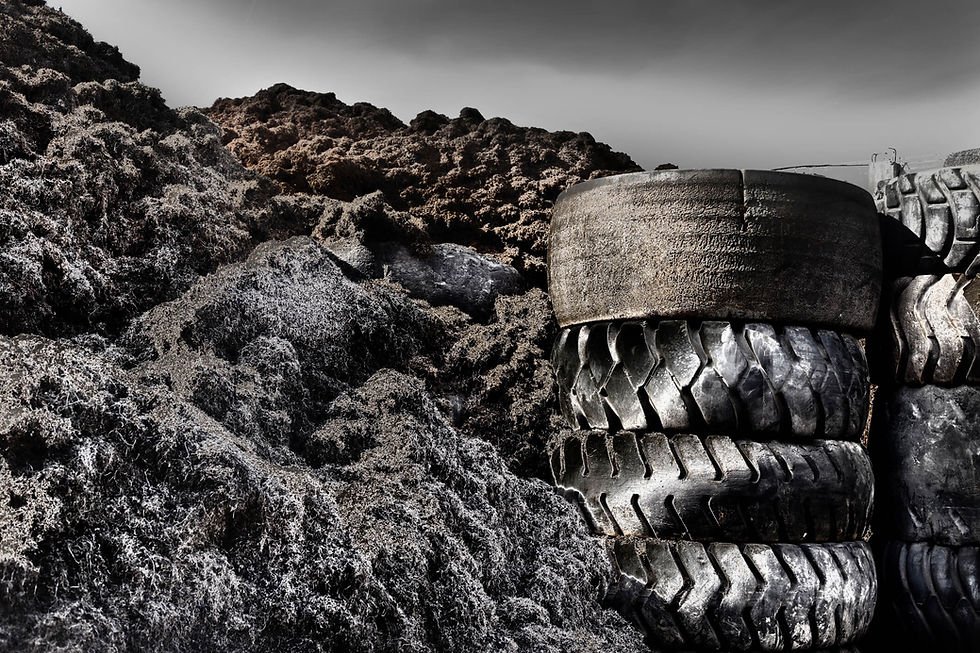Why Is 1.5°C Important?
- The Earth & I Editorial Team

- Apr 22, 2021
- 1 min read
Updated: Apr 21, 2022

At 1.5°C, over 70% of coral reefs will die, but at 2°C, all reefs over 99% will be lost.
Insects, vital for pollination of crops and plants, are likely to lose half their habitat at 1.5°C but this becomes almost twice as likely at 2°C.
The Arctic Ocean being completely bare of sea ice in summer would be a once per century likelihood at 1.5°C but this leaps to a once a decade likelihood at 2°C.
Over 6 million people currently live in coastal areas vulnerable to sea-level rise at 1.5°C degrees, and at 2°C, this would affect 10 million more people by the end of this century.
Sea-level rise will be 100 cm higher at 2°C than at 1.5°C.
The frequency and intensity of droughts, storms and extreme weather events are increasingly likely above 1.5°C.
Source: Intergovernmental Panel on Climate Change







Comments